1. Nashville, Tennessee

Once a soulful city steeped in country music history, Nashville has gone full bachelorette-industrial complex, according to Jen Glantz of Business Insider. Honky-tonk bars have been replaced by rooftop lounges charging $18 for a cocktail served in a boot-shaped glass. Tourism is booming, but locals are burned out from the endless stream of party buses and pedal taverns. Meanwhile, the cost of living has soared, with rents up over 30% since 2020.
The housing market is overheated, and infrastructure hasn’t kept pace. Locals struggle with traffic and rising property taxes as investors scoop up homes for short-term rentals. While the music industry still thrives, it’s increasingly commercialized and corporate. Nashville’s heart is still beating—but it’s drowned out by the bass from yet another party wagon.
2. Portland, Oregon
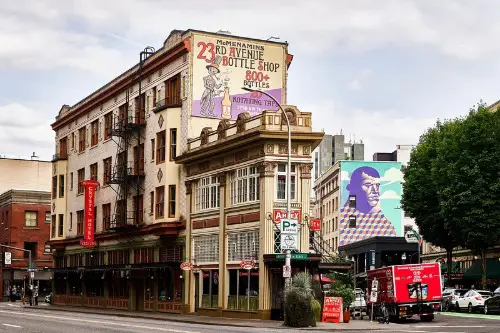
Portland had its moment as the darling of alternative culture, craft beer, and environmental idealism. But now it’s a city struggling with its identity, where prices are up and the vibes are off, according to Jenny Jarvie of The Los Angeles Times. The housing crisis has pushed even middle-income earners out of the city core. Homelessness has become a highly visible and politically divisive issue.
In recent years, Portland’s downtown has seen businesses close, and foot traffic hasn’t rebounded since 2020. The city’s leadership seems stuck between progressive aspirations and practical governance. Add in a rising crime rate and public dissatisfaction, and Portland feels less like “the city that works” and more like one that’s spinning its wheels. The charm is still there—but you have to squint to see it.
3. San Francisco, California
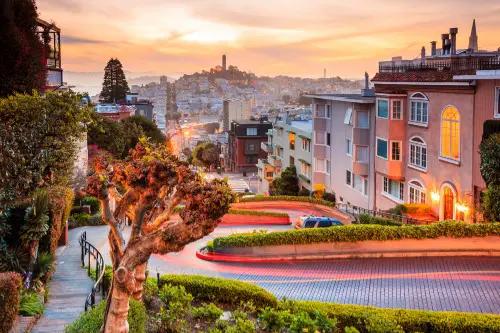
It’s no secret that San Francisco’s cost of living has been absurd for years, Christian Leonard of the San Francisco Chronicle says. But what’s changed is the return on that price tag—you’re not getting the culture or quality of life that used to justify it. Tech money reshaped the city, pushing out artists and small businesses in favor of glass towers and exclusive lounges. And then the tech exodus during the pandemic left parts of downtown eerily hollow.
Even with companies returning, the city hasn’t recovered its spark. Crime and homelessness dominate headlines, and public transportation is suffering from budget cuts. It’s still beautiful, but increasingly inaccessible unless you’re pulling six figures or more. For many, the Golden Gate is now more of a gilded cage.
4. Denver, Colorado
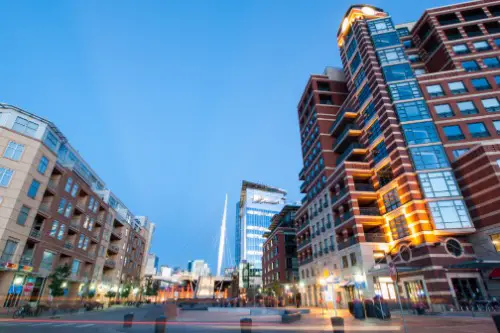
Denver was once a hidden gem for outdoor lovers and young professionals. Now it’s one of the fastest-growing cities in the U.S., and the cost of living has followed suit, according to Catie Cheshire of Westword. Median home prices more than doubled in the past decade, and the once-laid-back lifestyle feels strained. The roads are clogged, and the rent isn’t as high as L.A.—but it’s trying.
The influx of people has watered down the city’s unique mix of frontier spirit and modern cool. As weed legalization brought in a wave of tourism and investment, the novelty wore off and reality set in. Locals lament the loss of mom-and-pop shops and a rising number of transplants who treat it like a ski resort suburb. Denver’s still fun—but increasingly out of reach for the folks who built it.
5. Austin, Texas
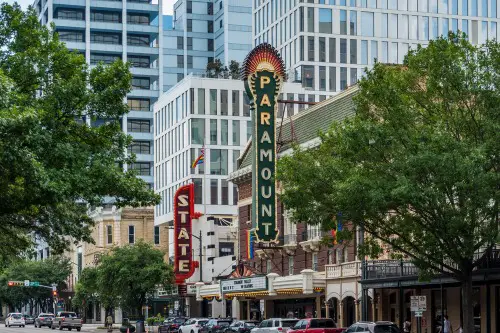
Austin used to be the quirky, affordable haven for artists, techies, and musicians alike. Now it’s a playground for out-of-town investors and tech transplants driving up prices with little understanding of the local culture. Rent has skyrocketed over 50% since 2019, pricing out many long-time residents. The city still tries to “Keep Austin Weird,” but it’s hard to be weird when everything costs so much.
The tech boom brought in big names like Tesla and Oracle, but along with them came traffic congestion and a wave of luxury developments. Once-iconic venues like Threadgill’s have shut down, and the cultural fabric is fraying. Meanwhile, locals complain about a lack of infrastructure to support the massive population growth. Austin feels like it’s trying to be San Francisco, but without the coastline or solid planning.
6. Seattle, Washington
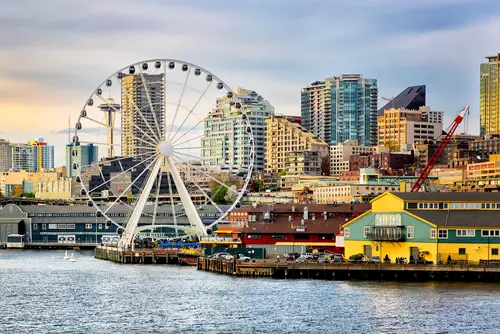
Seattle was once the poster child for the Pacific Northwest lifestyle: tech-savvy, eco-conscious, and coffee-fueled. But today, the city feels like it’s caught between Amazon’s high-rise future and its grungy, creative past. The wealth gap is stark, with glassy condos towering over encampments. Housing affordability is a major crisis, and even tech workers are feeling the squeeze.
The city’s progressive policies haven’t solved core problems like homelessness or public safety. Downtown recovery has been slow post-COVID, and some neighborhoods feel emptier than they should. Add in unpredictable weather and a social scene that’s tough to crack, and Seattle can feel isolating. It’s beautiful, but increasingly inaccessible and imbalanced.
7. Miami, Florida
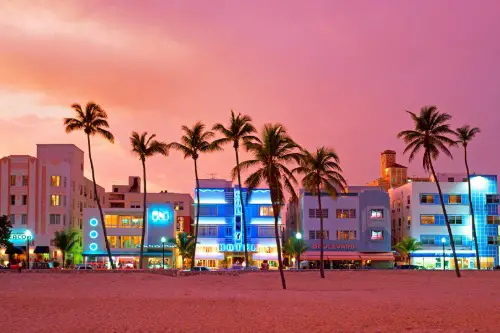
Miami reinvented itself as a crypto and tech hub in recent years, attracting a swarm of remote workers and investors. That hype brought a burst of energy—and a 40% increase in rental prices between 2021 and 2022. But now, the buzz is fading, and the city’s long-standing issues with inequality, sea level rise, and poor public transportation are back in focus. Plus, the crypto crash left some high-rise dreams half-built.
The nightlife is still strong, but daily life is another story. Wages haven’t kept up with the spike in living costs, and even longtime residents are being priced out of their neighborhoods. Climate change looms large, and hurricane insurance premiums are soaring. Miami might still shine on Instagram, but for many, it’s become a costly illusion.
8. Los Angeles, California
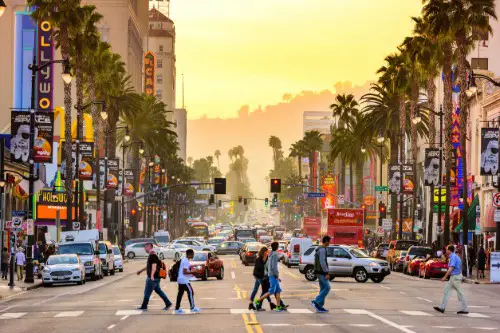
L.A. has always been expensive, but it used to offer more bang for your buck: endless culture, entertainment, and sun-soaked opportunity. These days, the traffic is worse, housing prices are astronomical, and homelessness is impossible to ignore. The creative industries have been disrupted, and COVID accelerated the exodus of talent to cheaper cities. For many, it now feels like a city built on hype rather than substance.
The infrastructure is dated, and public transportation barely works for such a massive metro. Young people are leaving, citing burnout and cost-of-living fatigue. The dream of “making it” in L.A. feels more elusive than ever. The city still has magic—but now it comes with an asterisk.
9. Boston, Massachusetts
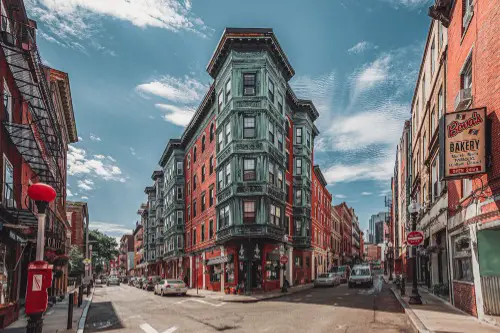
Boston used to be a charming blend of intellectual energy and historical depth. But now it’s one of the most expensive cities on the East Coast, with average rent higher than D.C. or Chicago. The student population rotates in and out, but actual long-term residents are thinning due to housing costs. Even the tech and biotech sectors haven’t shielded locals from sticker shock.
Gentrification has reshaped entire neighborhoods like South Boston and Jamaica Plain. The culture feels increasingly sterile, and many of the city’s beloved dive bars and diners have been replaced by upscale chains. Add to that an aging public transit system prone to delays and closures. Boston still flexes its Ivy League muscles—but it’s losing its soul in the process.
10. Phoenix, Arizona
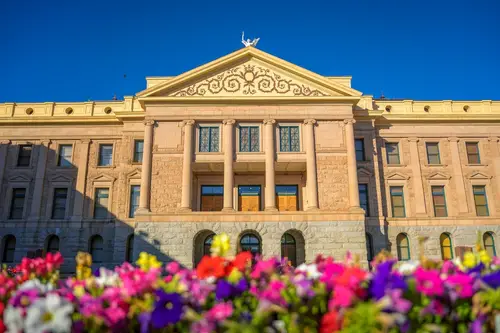
Phoenix exploded in popularity during the remote work boom, but the rapid growth has created more problems than solutions. The city now faces spiking home prices, strained water resources, and extreme heat waves that last longer every year. It was once a budget-friendly alternative to California, but that window has closed. Even basic services are struggling to keep up with the demand.
The public transportation system lags behind the population growth, and traffic congestion has worsened significantly. Locals are seeing their quiet desert lifestyle replaced by rows of quick-build subdivisions. And climate change is making summers nearly unlivable for vulnerable populations. Phoenix is booming—but not in a sustainable way.
11. Atlanta, Georgia
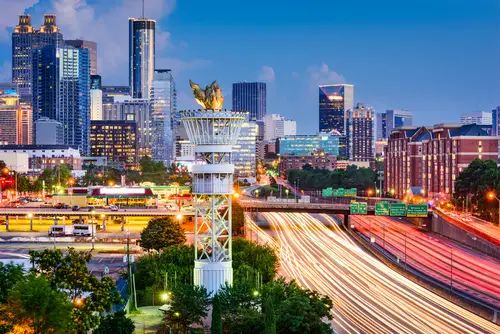
Atlanta has long been celebrated for its culture, music, and affordability—but two of those things are fading. Home prices have surged, and the city is now ranked among the most expensive for first-time buyers. Traffic has always been bad, but now it’s coupled with gentrification that’s displacing entire communities. The charm is still there, but it’s being eroded by unchecked development.
The BeltLine was supposed to unify the city, but it’s also become a magnet for high-end real estate. Longtime residents in areas like Old Fourth Ward are being priced out by investors. Meanwhile, public transportation hasn’t improved much, despite rapid growth. Atlanta feels like it’s trying to modernize without preserving what made it great.
12. Boulder, Colorado
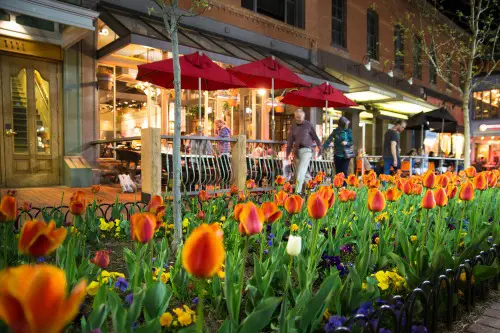
Boulder was once a hippie enclave known for its progressive values and natural beauty. Now it’s one of the most expensive small cities in America, with median home prices nearing $1 million. The city’s growth restrictions have preserved the views—but also made housing painfully scarce. It’s a town full of Teslas and Whole Foods, but few can afford to live there without serious wealth.
The university brings in youthful energy, but most grads can’t afford to stay. Local businesses have been replaced by upscale boutiques and chain cafes. While the outdoor access is still unparalleled, the community feels more exclusionary than inviting. Boulder looks perfect on paper, but living there has become a luxury experience.


